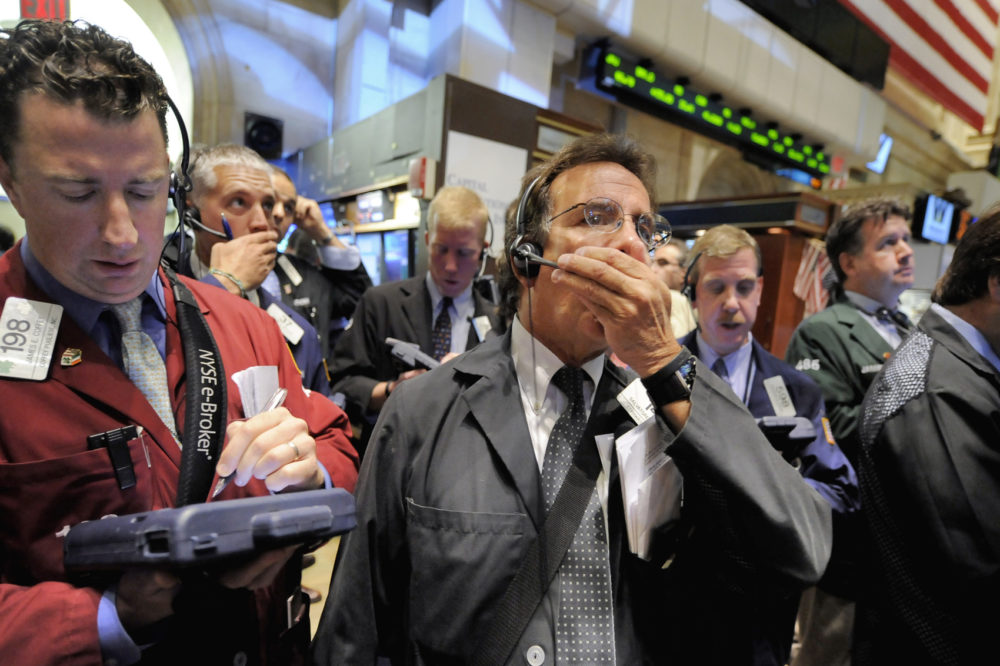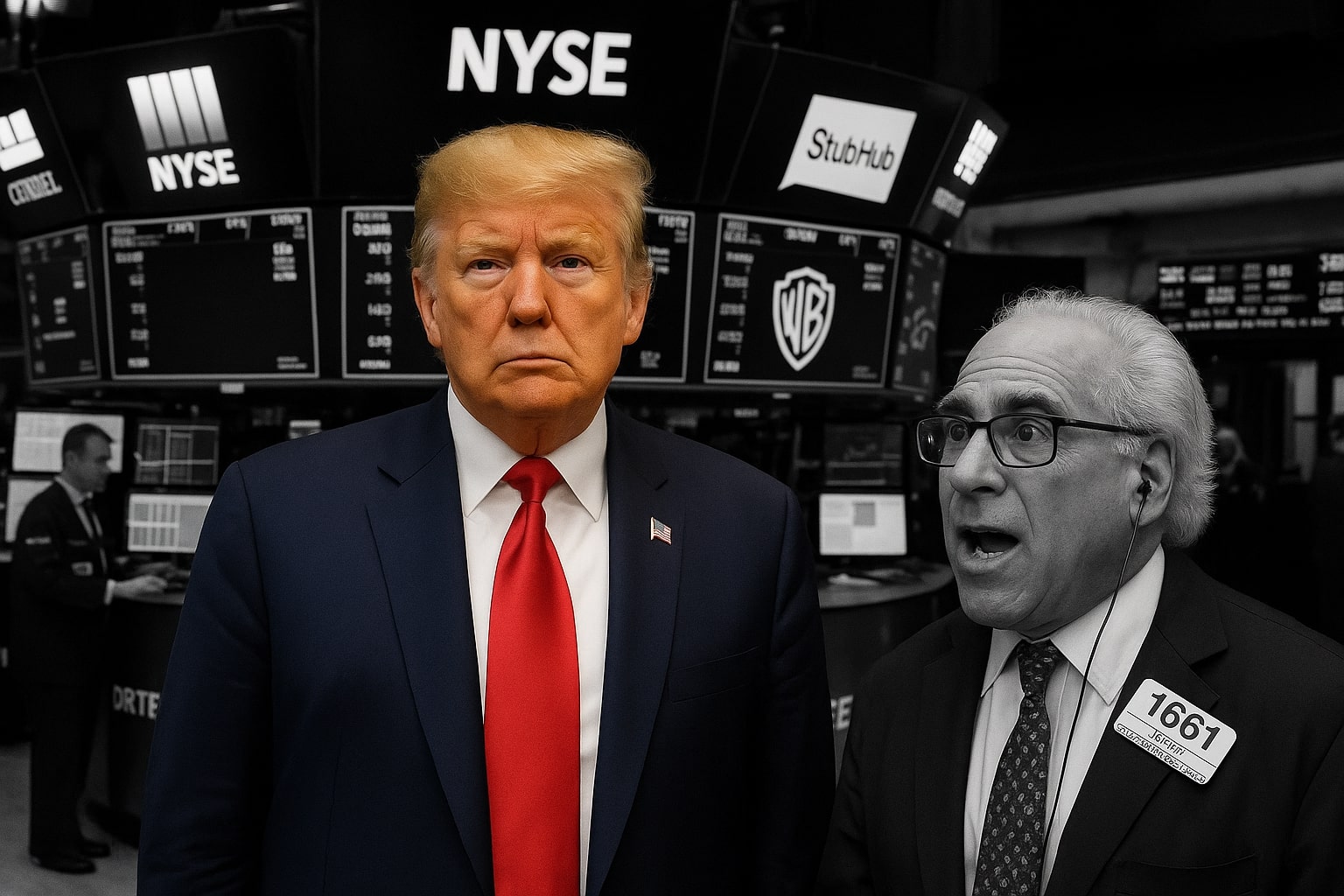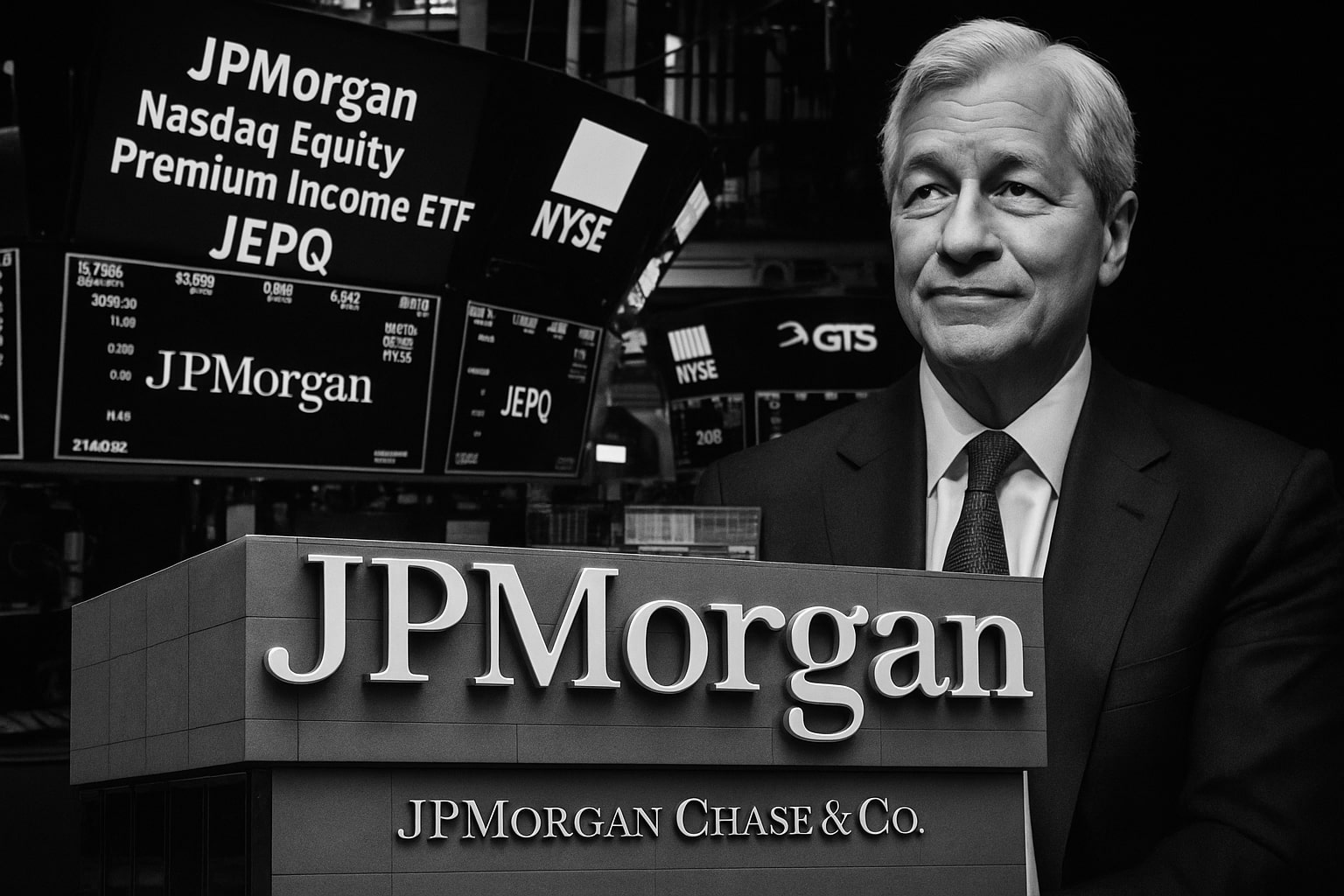
US Stock Market and the Potential Downward Trend
Examining Bank Stocks, Moving Averages, and Investor Caution Amid Market Volatility
The US stock market has been demonstrating an uncanny resilience that has left investors divided over its future trajectory. While some believe that declines are over, others maintain that it is only a matter of time before the market faces a downward trend. This article aims to provide an alternative analysis, examining the market with different tools and offering insights into the potential risk levels while interpreting the data within the context of the article.
The weekly chart of the US stock market, with moving averages of 100 weeks and 200 weeks, shows striking similarities between the current market and long-term downtrends in both the US and other markets. In an upward trend, three conditions are met: the market stays above the two moving averages, with the shorter average above the longer one, and both sloping upwards. Occasionally, the market may experience technical corrections that result in point falls below the moving averages; however, their order and slope are maintained.
In contrast, during a downward trend, the market is below the two averages, the short is below the long, and both are sloping downwards. As with upward trends, there may be occasional jumps of the market above the moving averages, but their order and slope are preserved. Examining these patterns reveals that the current market is reminiscent of the 2008 financial crisis, signaling high levels of risk and the possibility of a significant downward wave.
The S&P 500 index, which experienced a 1.74% increase last week according to Eikon data, has repeatedly failed to break through the 4,150 points level. This resistance, combined with short-term volatility, may be laying the groundwork for the next wave of declines.
US financials have been in focus recently, with big banks such as JPMorgan Chase and Wells Fargo beating earnings estimates. JPMorgan Chase, for example, reported a net income of $14.3 billion for the first quarter of 2023, significantly exceeding expectations. However, the collapse of Silicon Valley Bank last month has spurred concerns about a liquidity crisis. This week, investors will be keeping an eye on earnings reports from Charles Schwab, Bank of America, and Morgan Stanley, as well as China's GDP report, which is expected to show a year-on-year growth rate of 5.5%.
In Europe, the Euro Stoxx 50 is on track for its highest close since the global financial crisis, driven by luxury stocks such as Hermes International and LVMH. The former reported a revenue of €2.1 billion in the first quarter, representing an increase of 33% compared to the same period last year, while the latter saw a net profit of €5.9 billion in 2022, up by 21% from the previous year. The outlook for luxury stocks remains positive despite signs of slowing growth, as their "acyclical" nature and accumulated consumer savings contribute to their resilience.
Nevertheless, the Euro Stoxx 50 has taken longer than its peers to reclaim these levels, partly due to its exposure to the banking sector, which has underperformed for years against the backdrop of negative interest rates. For example, the pan-European Stoxx 600 has hit new record highs since the global financial crisis, while the blue-chip index last hit a record in 2000.
Bank stocks, once believed to be defensive, are not immune to declines. The bank index has been on a downward trajectory, with support levels breaking down. In November 2022, the bank index fluctuated, expressing a balance between demand and supply forces regarding the market's future direction. However, this shuffling occurred after a long upward trend, and after momentum indicators showed a decline.
Now, with the support level at 3,170 points broken, the index is on its way down to 2,600 points.
This descent
could potentially extend even further, into the 2,600-2,850 points range, as the market struggles to find a new bottom. This decline in the bank index highlights the importance of reassessing the old belief that bank stocks are inherently defensive.
U.S. Treasury Secretary Janet Yellen has recently commented on the possibility of banks adopting stricter lending practices, which could, in turn, reduce the need for the Federal Reserve to continue raising interest rates. Yellen observed that lending standards had already tightened prior to the collapse of Silicon Valley Bank and that additional tightening may be on the horizon. If this prediction comes true, it could serve as a substitute for further interest rate hikes by the Fed.
In the European context, the Euro Stoxx 50 has outperformed the Stoxx 600 this year, primarily due to a rally in banking stocks following a brief period of turmoil in March. Major gainers in the index include LVMH, ASML Holding NV, L'Oreal SA, SAP SE, and Hermes, collectively contributing to a 16% increase in the index compared to a 10% rise in the Stoxx 600. However, European banks have faced headwinds in the past decade, largely due to the aftermath of the European debt crisis and the housing crisis. As a result, they had to de-lever their balance sheets and curtail lending more aggressively than their US counterparts.
As Wall Street futures inch higher, investors are eager to gain insights into the health of corporate America during a pivotal earnings week. Notable earnings reports to watch include those from Charles Schwab, Bank of America, Morgan Stanley, Tesla, and Procter & Gamble. While Wells Fargo and JPMorgan Chase have already beaten expectations, discouraging retail sales data has shown a 1% slowdown in consumer spending for March, causing markets to pull back slightly.
In summary, the US stock market's resilience has generated conflicting views among investors. An alternative analysis, using the weekly chart and moving averages, indicates that the market is reminiscent of the 2008 financial crisis and could face significant declines. The performance of bank stocks, both in the US and Europe, also suggests that they are not immune to downturns. Investors should exercise caution when considering their positions in this market, as the inherent risk is high, and the potential for significant downward movement remains present.
Read More
-
BITQ ETF Soars 66.55% as Bitcoin Blasts Past $124,000 — Crypto Equities Lead 2025 Rally
13.10.2025 · TradingNEWS ArchiveStocks
-
XRP ETFs XRPR, XRPI Slip as Ripple XRP-USD Holds $2.62 — SEC Fast-Track Could Ignite $20B
13.10.2025 · TradingNEWS ArchiveCrypto
-
Natural Gas Price Forecast - NG=F Steadies at $3.00 as U.S. Export Boom Tests Old Fields
13.10.2025 · TradingNEWS ArchiveCommodities
-
USD/JPY Price Forecast - Dollar to Yen Climbs to ¥152.28 as Japan’s Political Shakeup
13.10.2025 · TradingNEWS ArchiveForex


















